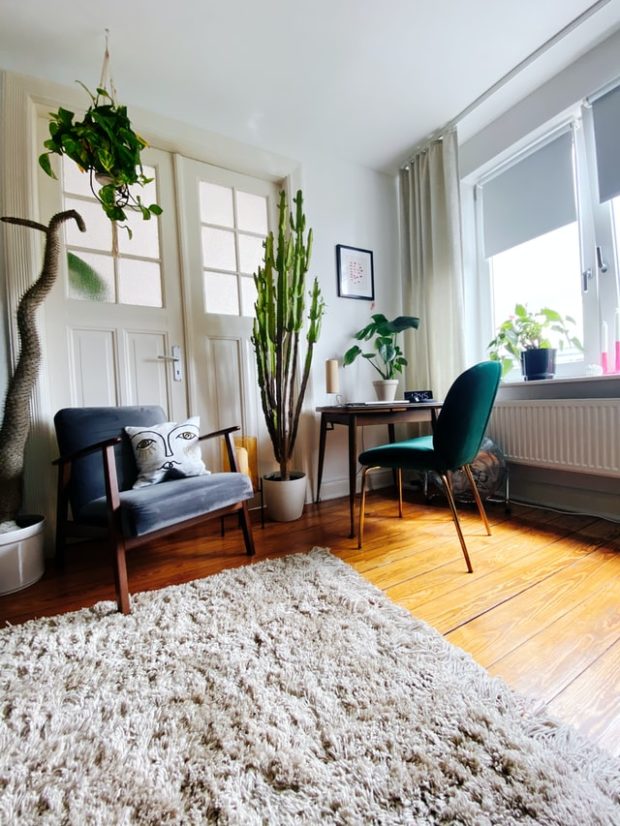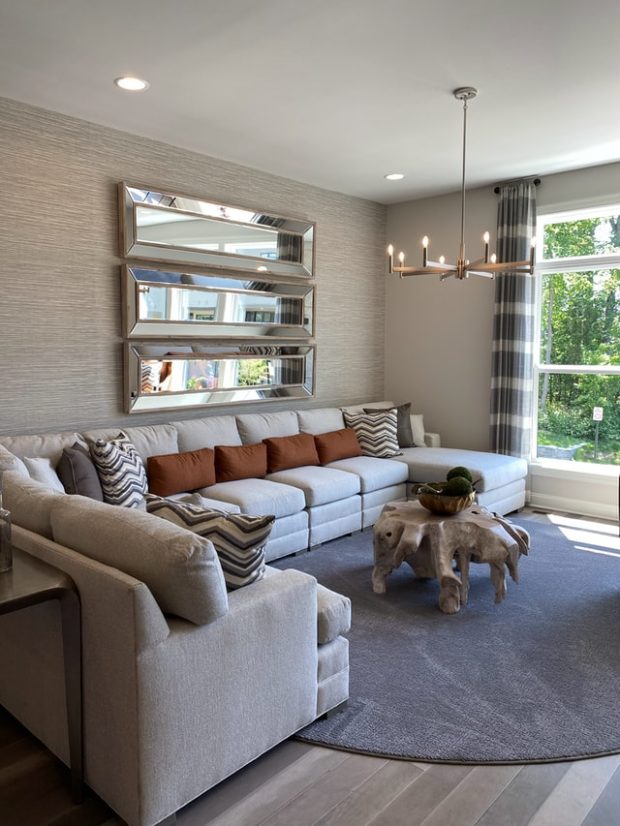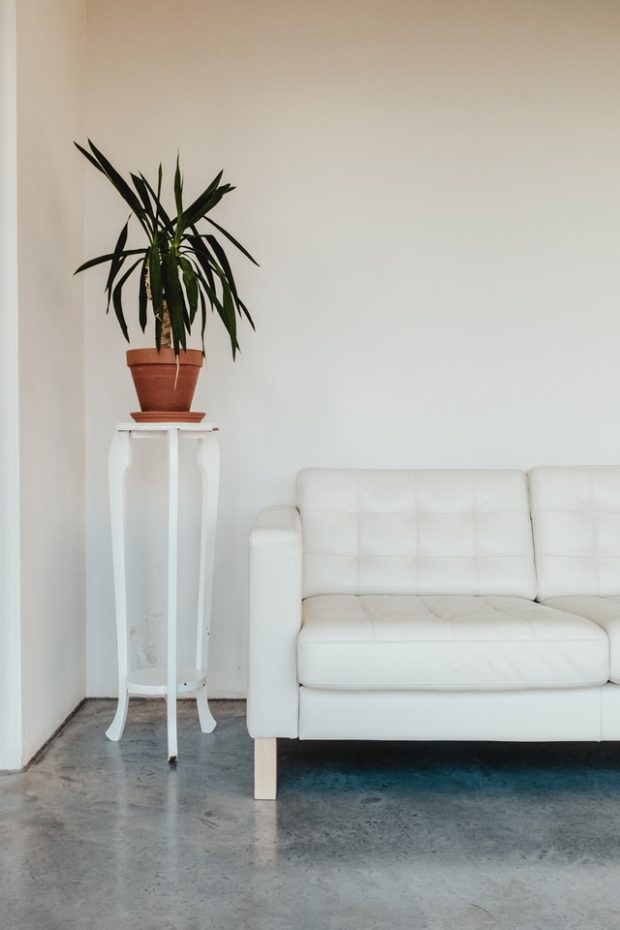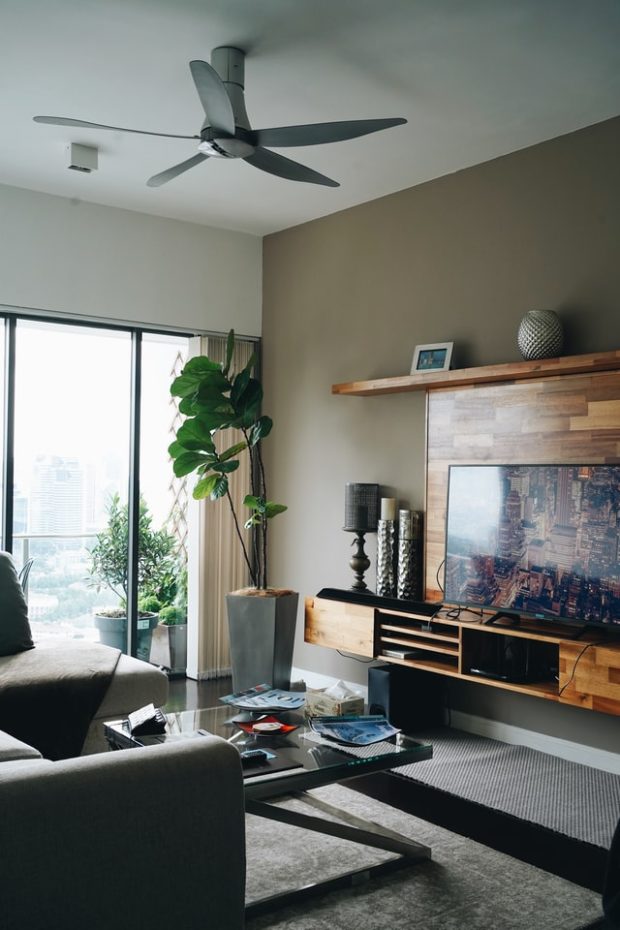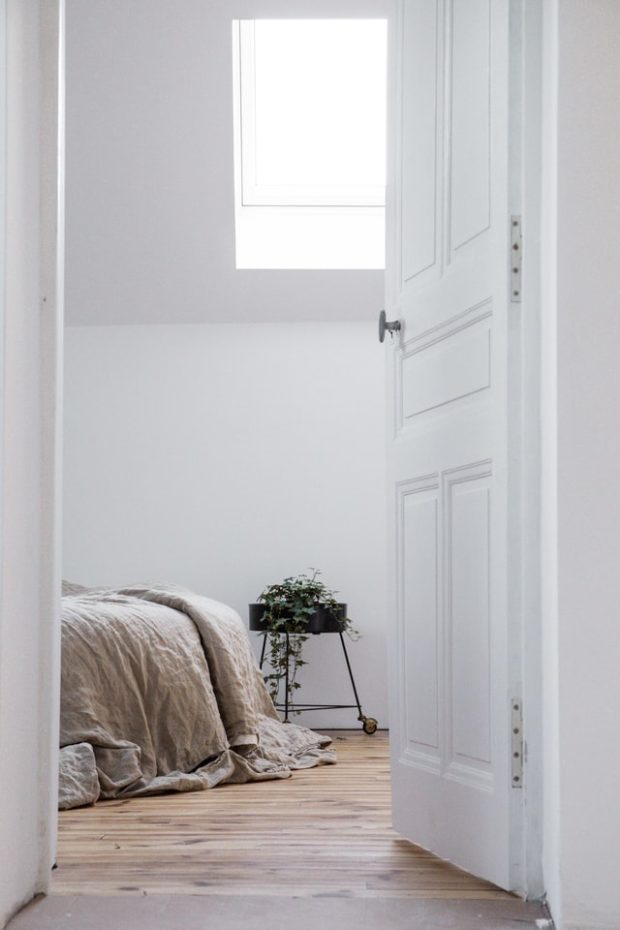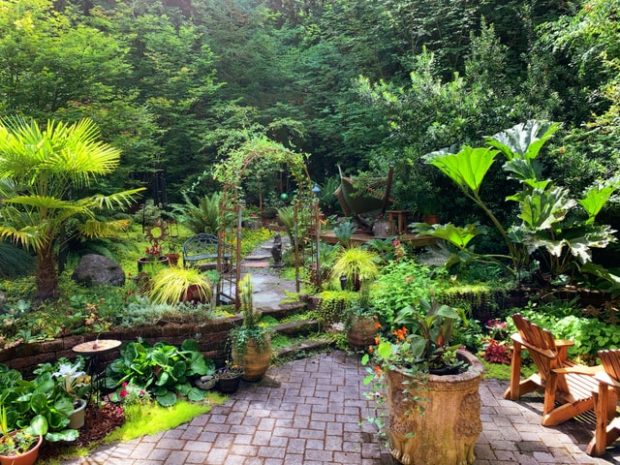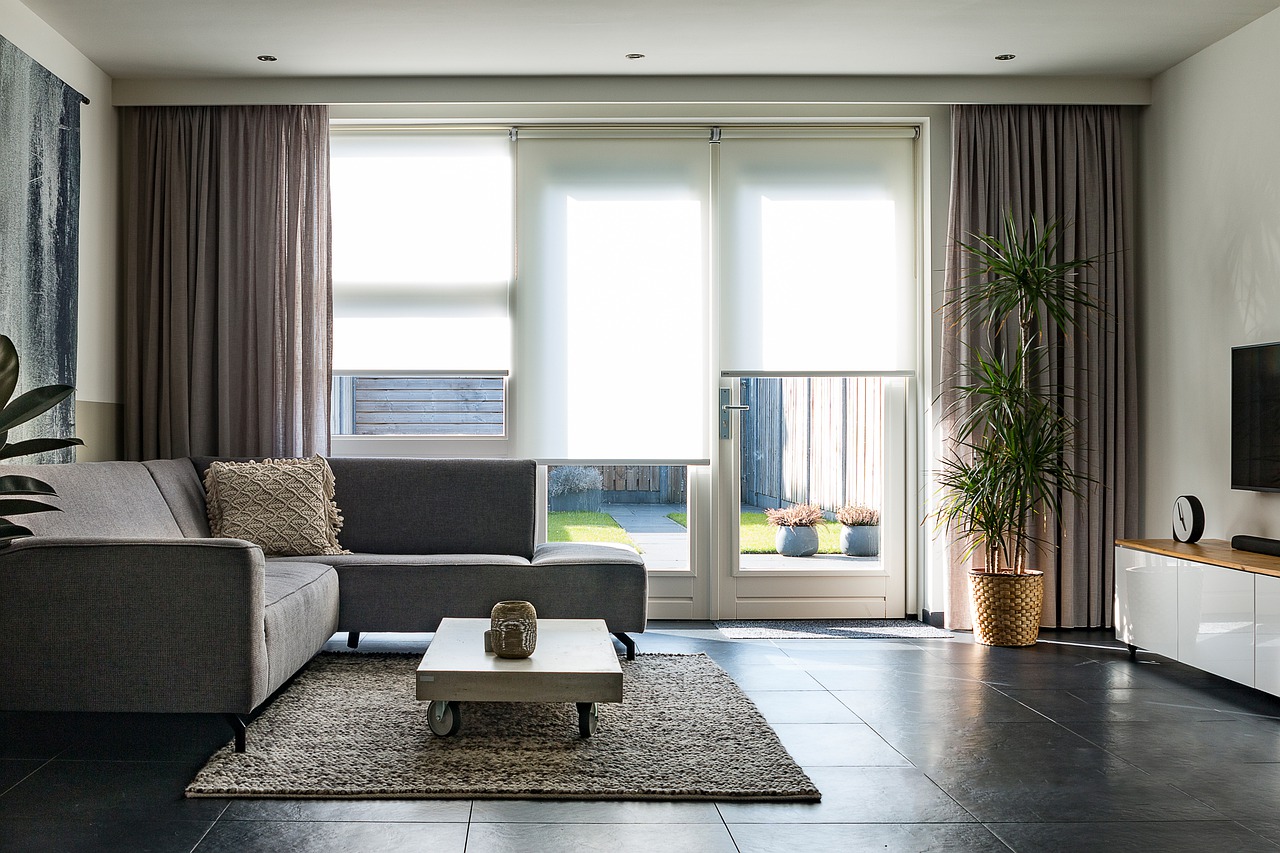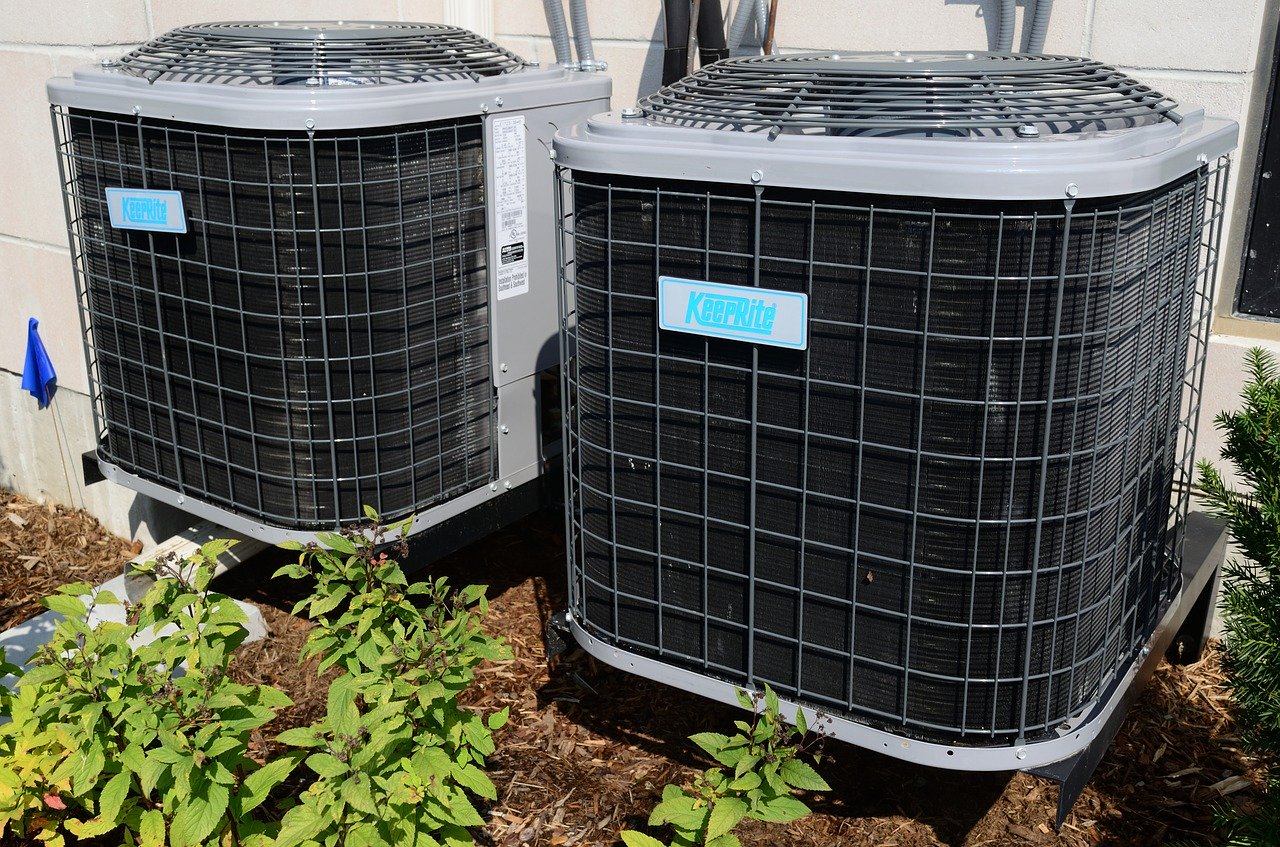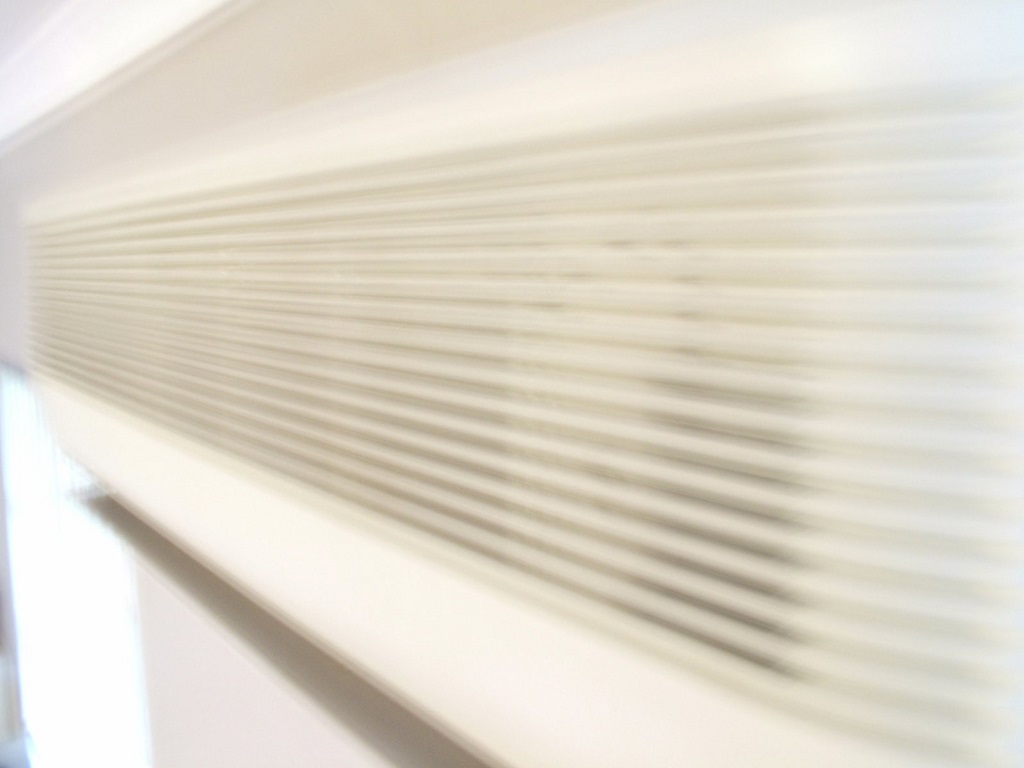Summertime always brings warmer temperatures, but the past few years have seen a scorching hot season, especially in parts of the world that normally enjoy a more temperate June, July and August. When the mercury rises, comfort levels tend to fall, and retreating indoors is hardly an escape when your home doesn’t have central air conditioning — as is the case for homeowners in most moderate climates.
If you can’t install A/C in your home, you can still take a few other steps toward keeping your indoor spaces cooler this summer. The following tricks are easy for any renter or homeowner to accomplish, and they could mean the difference between surviving this summer or sweltering in the high heat.
Store Your Giant Rugs for Winter
Sinking your toes into a fluffy rug is much cozier and more comfortable than stepping on a hard floor. Giant area rugs have become a staple of interior design since carpet went the wayside, but rugs — like all heavy textiles — notoriously hold onto heat. Fluffy rugs are excellent for slashing your heating bill in the winter months, but come the hot season, it is best to pack them away to keep your home cooler. While the best option is to leave your floors bare until the temperatures drop, you can replace your rugs with thinner, low-pile options which trap less heat. The same goes for other textiles in your home, like pillows and blankets.
Hang Heavier Window Treatments
The only exception for the rule about getting rid of heavy textiles is your window treatments. In the summer, you want to use heavy curtains over your windows, especially any windows that face east, west or north. Thick curtains will keep the heat from the sun close to the window, preventing the sunlight from adding unnecessary warmth to your home. If you don’t want to hang curtains, you should opt for the light-blocking version of other window treatments, like heavy shades, blinds or shutters.
Declutter and Downsize
It isn’t just rugs and window treatments that can trap heat; anything in your home can warm up in the light and high temperature of the summer, which means the more crowded your rooms, the hotter your house. The best time to declutter your home is in the spring, before the mercury rises, but you can benefit from downsizing in the middle of summer, too. You can try any number of decluttering methods, from KonMari to Four Boxes to the Minimalist Game — whatever works to rid your home of unnecessary stuff and keep it cooler for the next few months.
Install a Ceiling Fan in Your Bedroom
Ceiling fans pull warm air near the ceiling and cool it off by sending it swirling around the room, creating a pleasant draft. Installing a ceiling fan is easier than you might suspect; it is a home improvement project you can finish in less than a day, especially if you are interested in ceiling fans with a remote. Plus, there are hundreds of styles of fan to choose from, so you can maintain the aesthetic of your room even in winter, when you might not need a ceiling fan.
If you rent or otherwise are unable to make such major changes to your living space, you might consider using a table or floor fan pointed at the spaces where you usually linger. While these can provide some relief from the heat, a ceiling fan is certainly more efficient at keeping an entire room cooler.
Keep Your Room Doors Open
Maximizing airflow around your home should be your goal for staying comfortable in the summertime. By keeping your doors wide open, you allow the air from cooler corners of your home to flow into hotter rooms, and vice versa. This trick works even better when you have a few ceiling fans installed, so the drafts can travel around your home and provide more cooling to the areas that need it.
Landscape Outside If You Can
Most homeowners focus on altering the interior of their home for the summer months, but if you have control over your home’s exterior, you should think about landscaping to improve energy efficiency year-round. The landscaping choices you make will depend largely on your regional climate. For example, if you live in a hot-arid region like Phoenix, you should consider planting large shade trees to protect the roof, walls and windows from intense sunshine and heat, but in colder areas, it might be more efficient to plant dense, shrub-like plants around the walls and windows to block bracing winds.
You don’t necessarily need an A/C to stay cool when it gets hot. If you are clever about your interior and exterior design, you can create an efficient home that stays comfortable naturally.

